Have you ever felt like your dog is just not listening, no matter how many treats you wave or commands you repeat? You’re not alone—training a stubborn dog can sometimes feel like trying to teach a cat to fetch. It’s frustrating, exhausting, and let’s be honest, sometimes downright hilarious. But here’s the good news: even the most hard-headed pooch can learn new tricks with the right approach. Imagine turning those power struggles into playful breakthroughs and seeing your furry friend finally “get it.” In this article, you’ll discover practical, compassionate steps to train your stubborn dog—without losing your mind or your sense of humor.
Understanding Why Dogs Can Be Stubborn
Every dog has their own personality—and some come with an extra dose of independence (okay, stubbornness). If you’ve ever found yourself repeating commands, bribing with treats, or wondering if your dog is selectively ignoring you, you’re not alone. Training a strong-willed pup can be frustrating, but it’s far from impossible. With the right mix of patience, consistency, and smart strategies, even the most headstrong dog can become a well-mannered companion.
Before you can tackle stubborn behavior, it helps to dig a little deeper into why your dog is acting this way. Dogs aren’t born with a mission to drive you crazy; often, what we see as stubbornness is simply confusion, fear, or even boredom. Some breeds, like bulldogs or dachshunds, naturally have a more independent streak. Sometimes, your dog might be testing boundaries, much like a child seeing what they can get away with. It’s also possible your dog is distracted by something more interesting than you at the moment. Understanding these motivations can help you approach training with empathy, not frustration. When you know what makes your dog tick, you can tailor your approach and turn “stubborn” into “eager to please.”
Patience Is Your Secret Weapon
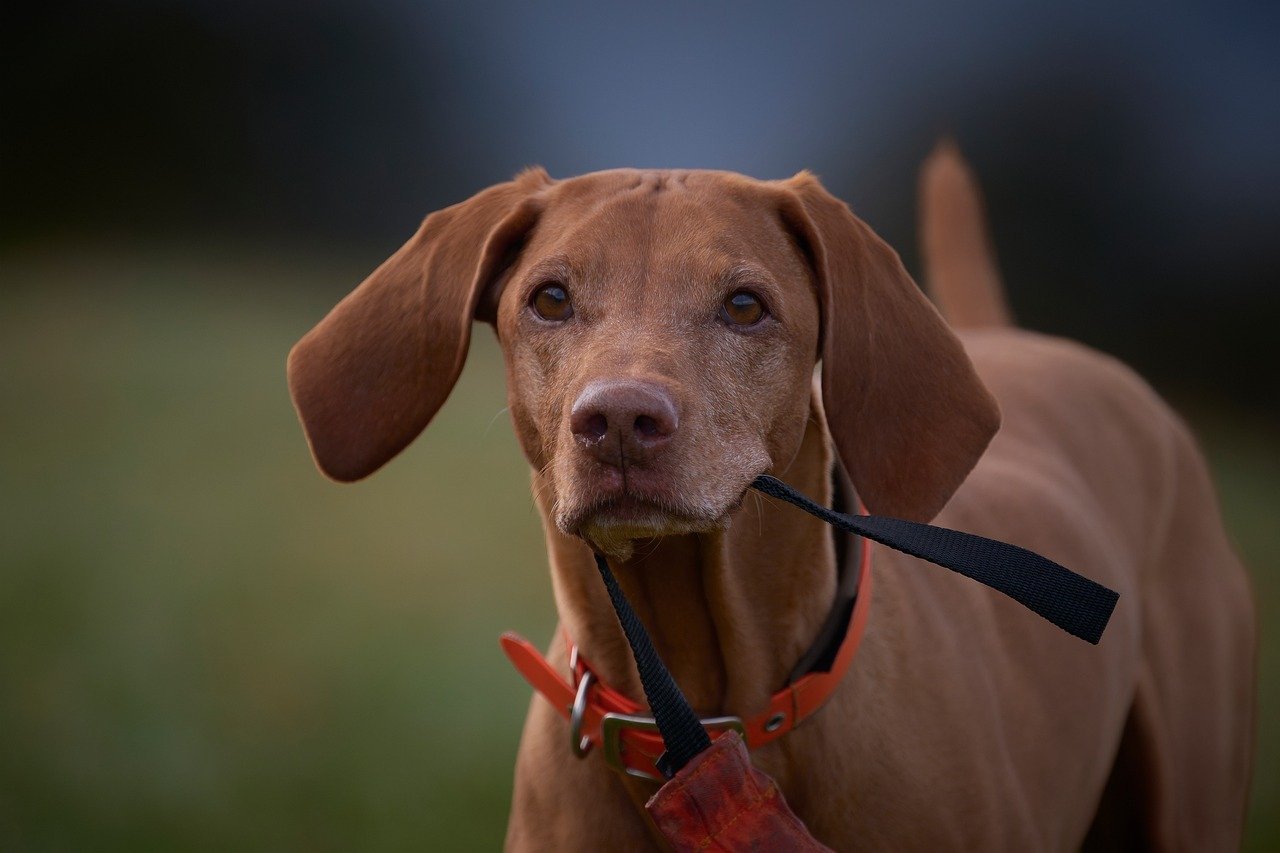
If there’s one thing every dog owner needs in spades, it’s patience. Training a stubborn dog is rarely a straight path; there will be setbacks, slow progress, and maybe even a few chewed-up shoes along the way. It’s important to remember that your dog is learning at their own pace. Losing your cool or getting angry will only make things worse and could damage your bond. Instead, try to view each small improvement as a victory. Take deep breaths, count to ten, and remind yourself why you started this journey. Patience isn’t just a virtue—it’s a crucial tool in helping your dog succeed.
Setting Clear and Consistent Rules
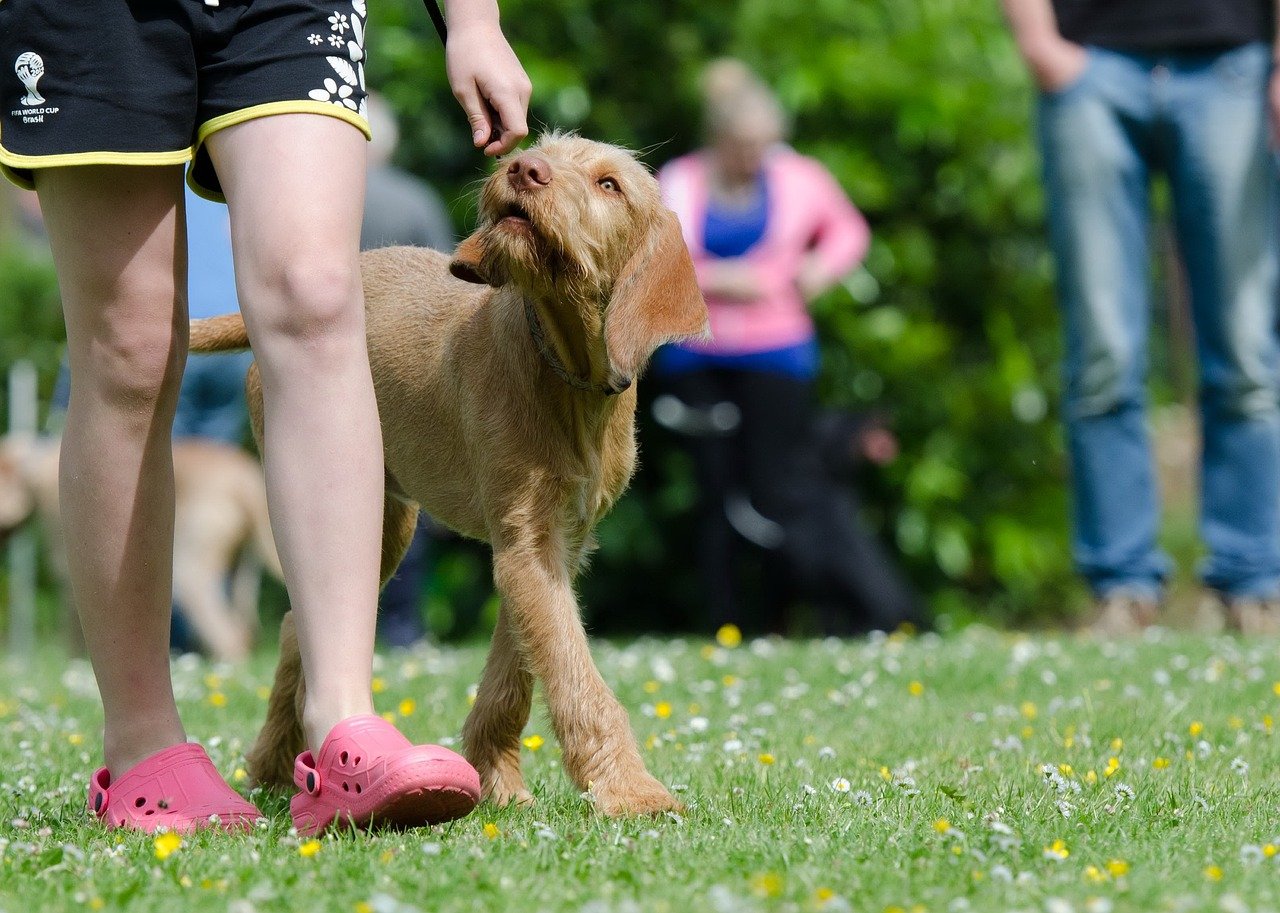
Dogs thrive on routine and consistency. If you let your dog jump on the couch one day but scold them the next, they’ll quickly become confused. Set clear, simple rules and stick to them every single day. Make sure everyone in your household follows the same guidelines, too. For example, if you don’t want your dog begging at the table, never feed them scraps while you eat. Consistency helps your dog understand what you expect and reduces the chance of them testing boundaries. Over time, even the most persistent dog will start to catch on and respect the rules.
Using Positive Reinforcement Techniques
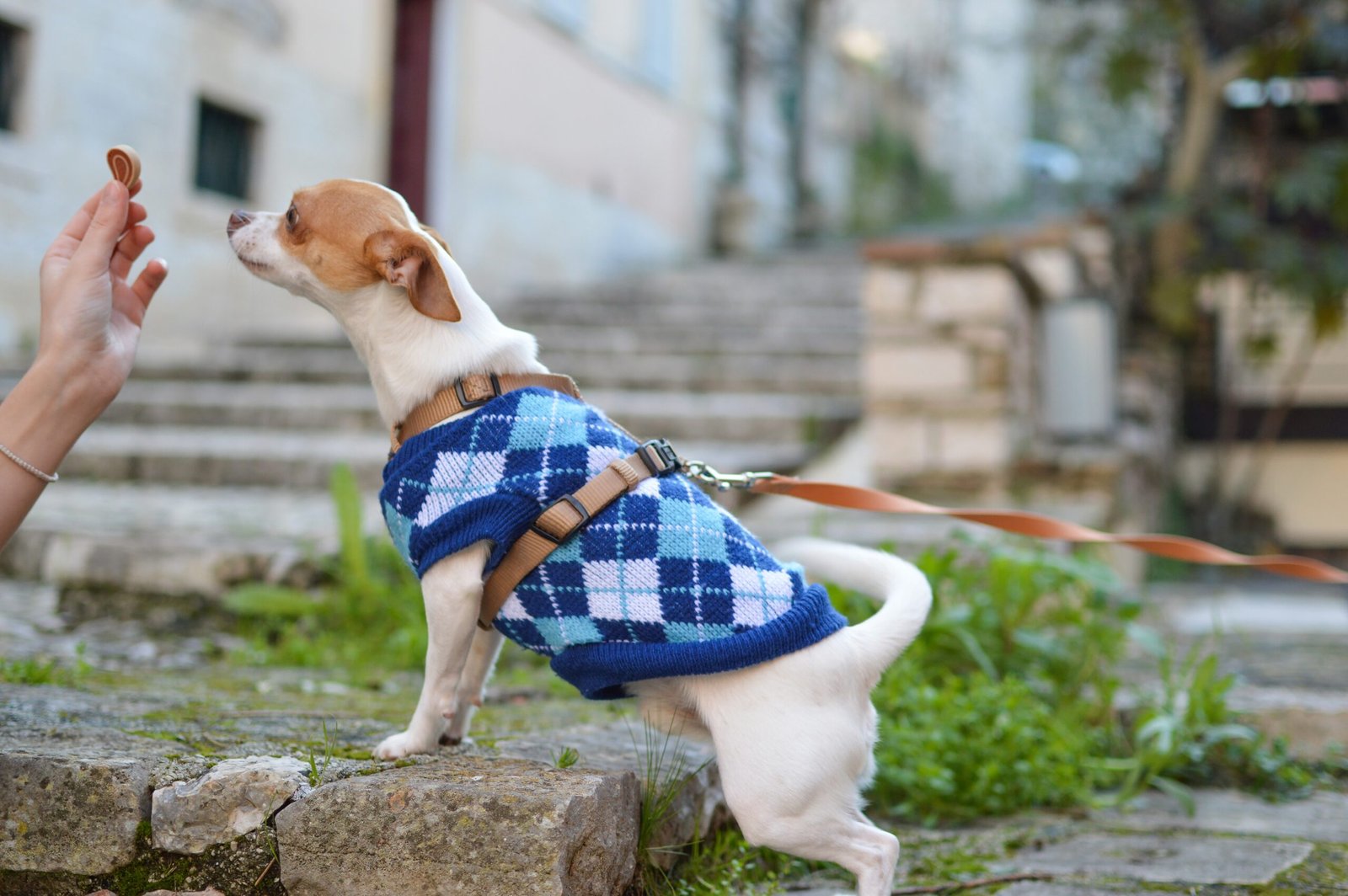
Positive reinforcement is a game-changer for training stubborn dogs. Instead of punishing unwanted behavior, focus on rewarding the behaviors you want to see more of. This could be treats, praise, petting, or playtime—whatever your dog loves most. Catch your dog doing something right and celebrate it, no matter how small the victory. Over time, your dog will learn that good things happen when they listen to you. This approach builds trust and makes training a fun experience for both of you. Imagine your stubborn pup eagerly waiting for your next command, just to see what reward comes next!
Short, Fun Training Sessions Work Best
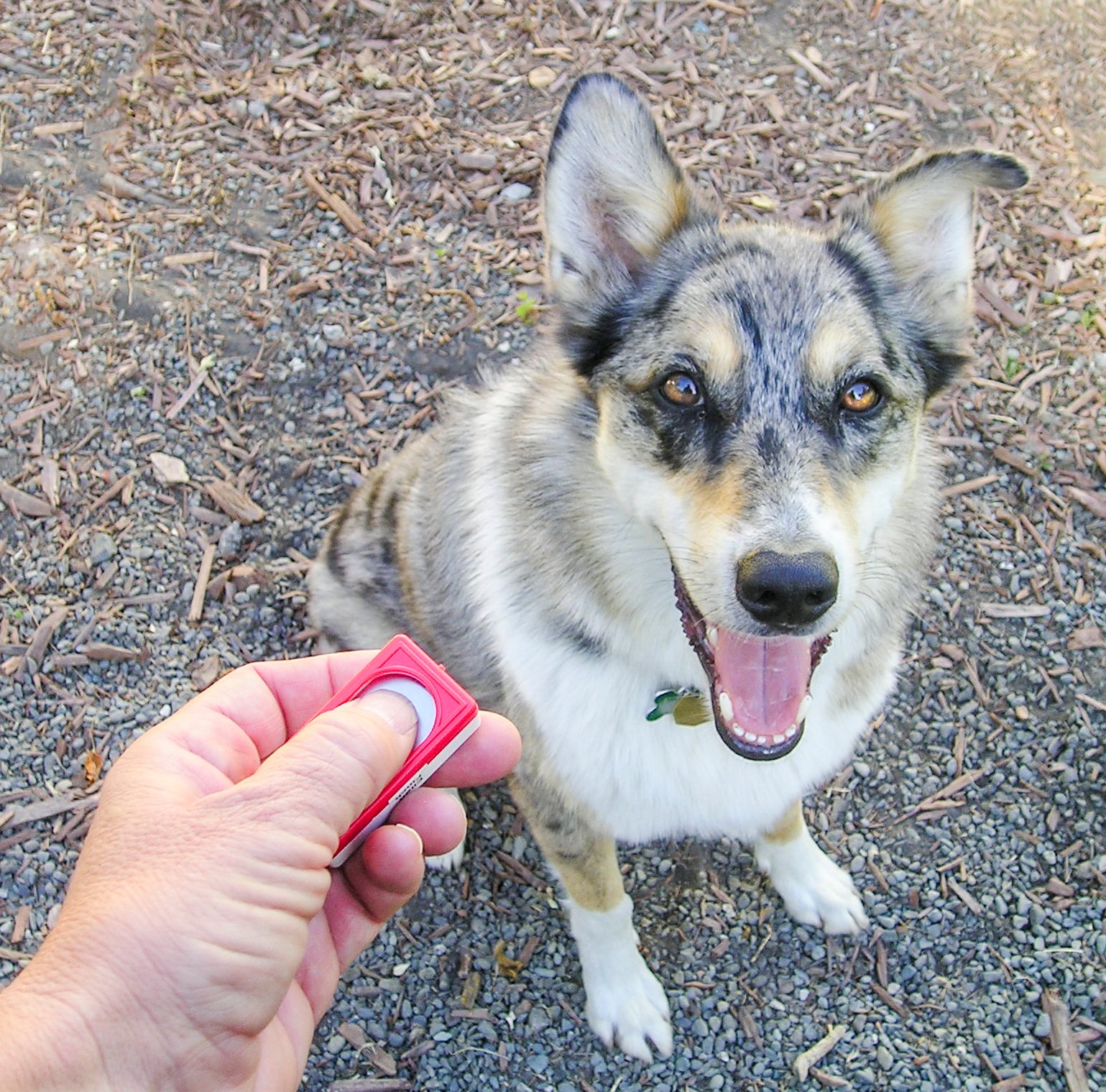
Long, repetitive training sessions can quickly bore or frustrate both you and your dog, especially if they’re stubborn. Aim for short, focused sessions—about 5 to 10 minutes at a time. Keep things upbeat and playful, using lots of encouragement and happy energy. If your dog starts to lose interest, it’s okay to stop and try again later. Ending on a positive note, even if it’s a small win, keeps your dog excited for the next session. Remember, training should feel like a game, not a chore. When your dog is having fun, they’re more likely to pay attention and learn.
Finding the Right Motivation for Your Dog
Every dog is unique, and what motivates one might leave another completely indifferent. Some dogs will do anything for a piece of chicken, while others light up at the sight of their favorite toy. Pay attention to what truly excites your dog and use it as your secret weapon during training. Experiment with different rewards—treats, toys, praise, or even a quick game of tug-of-war. The right motivation can turn a stubborn dog into an enthusiastic learner. Don’t be afraid to get creative and switch things up if your usual rewards aren’t working.
Avoiding Common Training Mistakes
It’s easy to make mistakes when training a stubborn dog, but knowing what to avoid can save you a lot of headaches. One common pitfall is repeating commands too many times, which teaches your dog that it’s okay to ignore the first few requests. Another mistake is getting frustrated and raising your voice, which can scare or confuse your dog. It’s also important to avoid inconsistent rules, as this can undo all your hard work. Finally, don’t forget to reward good behavior immediately—dogs live in the moment and need instant feedback to connect the dots.
Dealing With Setbacks Calmly
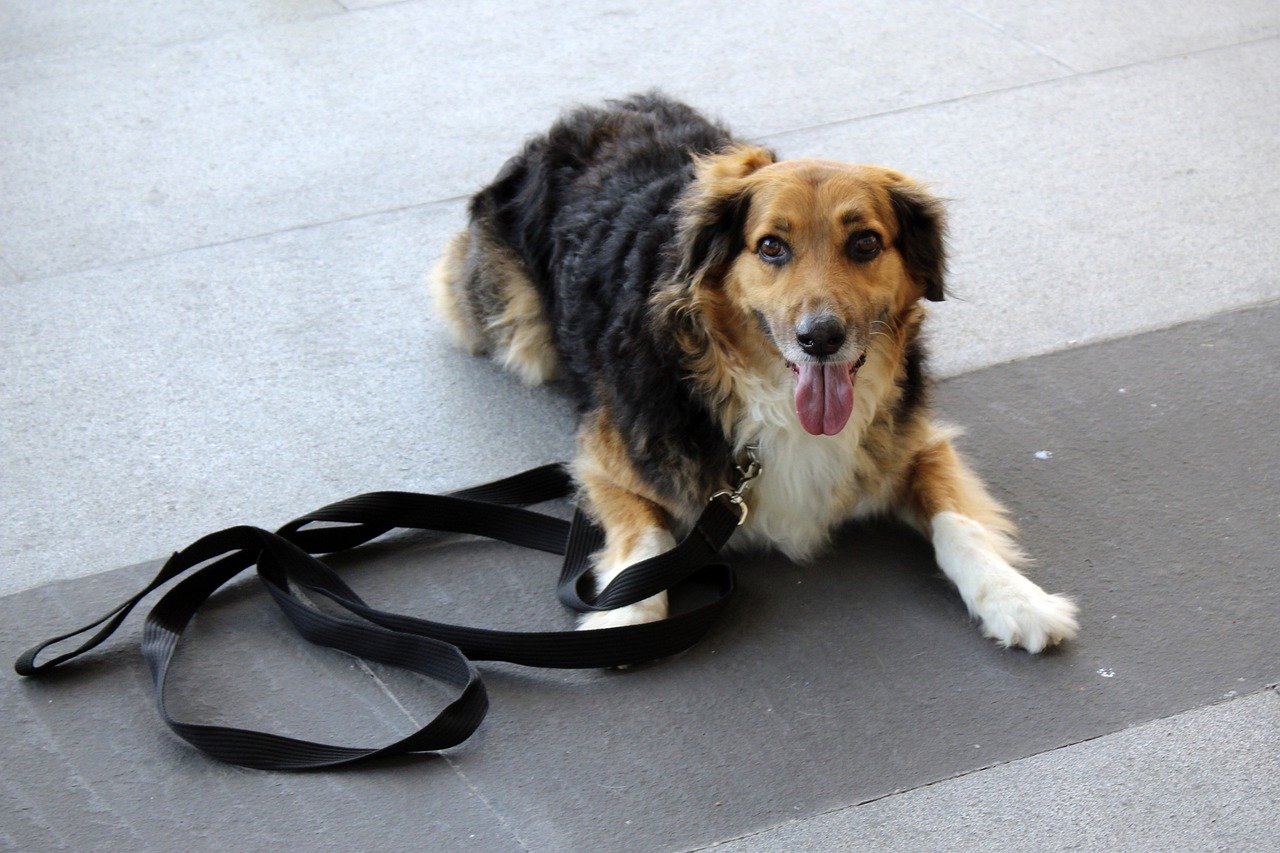
Setbacks are a natural part of training, especially with stubborn dogs. Maybe your pup forgets a command they’ve mastered, or suddenly starts ignoring you altogether. It’s easy to feel discouraged, but setbacks are not failures—they’re just bumps in the road. Stay calm and revisit the basics if needed. Sometimes, going back to simpler commands can help rebuild your dog’s confidence and attention. Remember, every dog has off days, just like people. Treat setbacks as learning opportunities, not reasons to give up. Your calm, steady approach will help your dog get back on track.
When to Seek Professional Help
Sometimes, despite your best efforts, your dog’s stubborn behavior may persist. If training feels like an endless battle, or if your dog’s behavior is causing safety concerns, it might be time to seek professional help. Professional dog trainers have experience with all kinds of personalities and can offer new strategies tailored to your dog’s needs. They can also help you spot subtle issues that might be holding your dog back. Don’t see asking for help as a failure—it’s a smart step toward a happier, more harmonious relationship with your furry friend.
Building a Stronger Bond Through Training
At the heart of every training session is the relationship between you and your dog. Training isn’t just about commands and rewards; it’s about building trust, understanding, and communication. Every time you work with your dog, you’re strengthening your bond and creating a language only the two of you share. Celebrate your progress, no matter how small, and enjoy the journey together. Your patience, love, and perseverance will pay off—not just in better behavior, but in a friendship that lasts a lifetime. Isn’t that what every dog lover dreams of?

Esther is from India; the heartbeat of South Asia, holding a Master’s degree in Zoology and a postgraduate diploma in Animal Welfare. Her enthusiasm for animal welfare drives her passion and dedication to working for animals, ensuring their well-being, and advocating for their rights. With a solid academic background and hands-on experience, she is committed to making a positive impact in the field of animal welfare. In her free time, she enjoys embroidery and sewing. As a Chennaite from Tamil Nadu, Esther loves Bharathanatyam, an Indian classical dance form.






